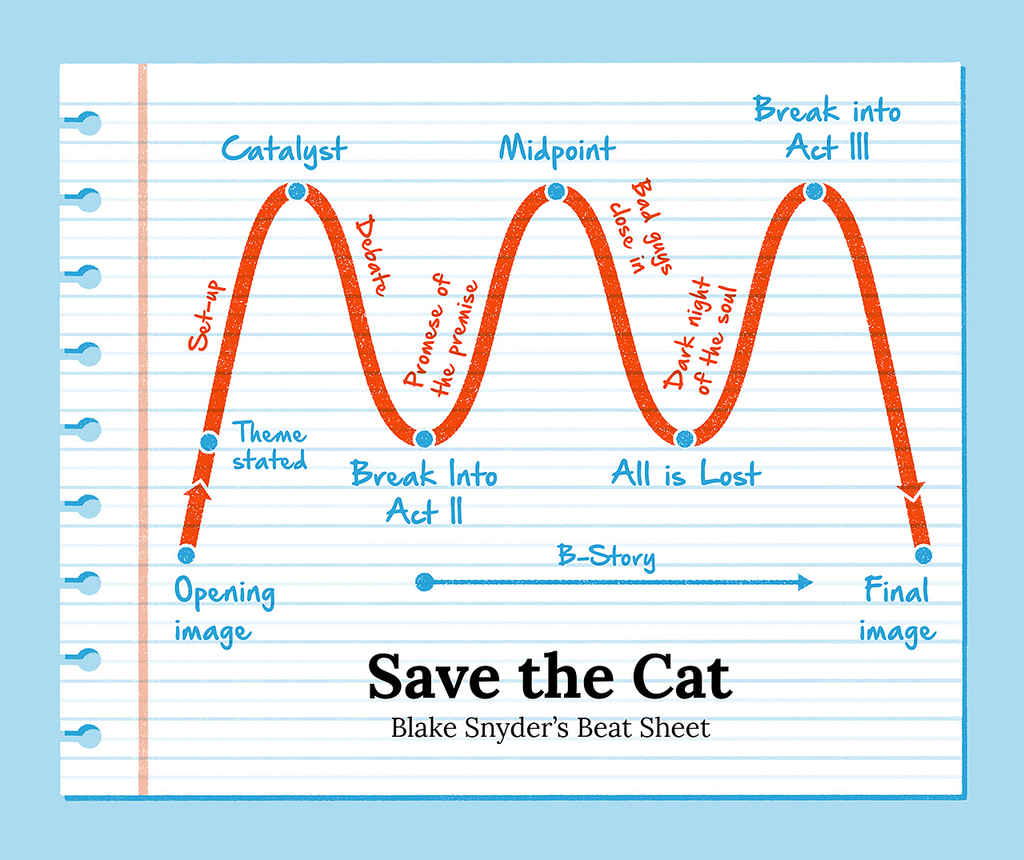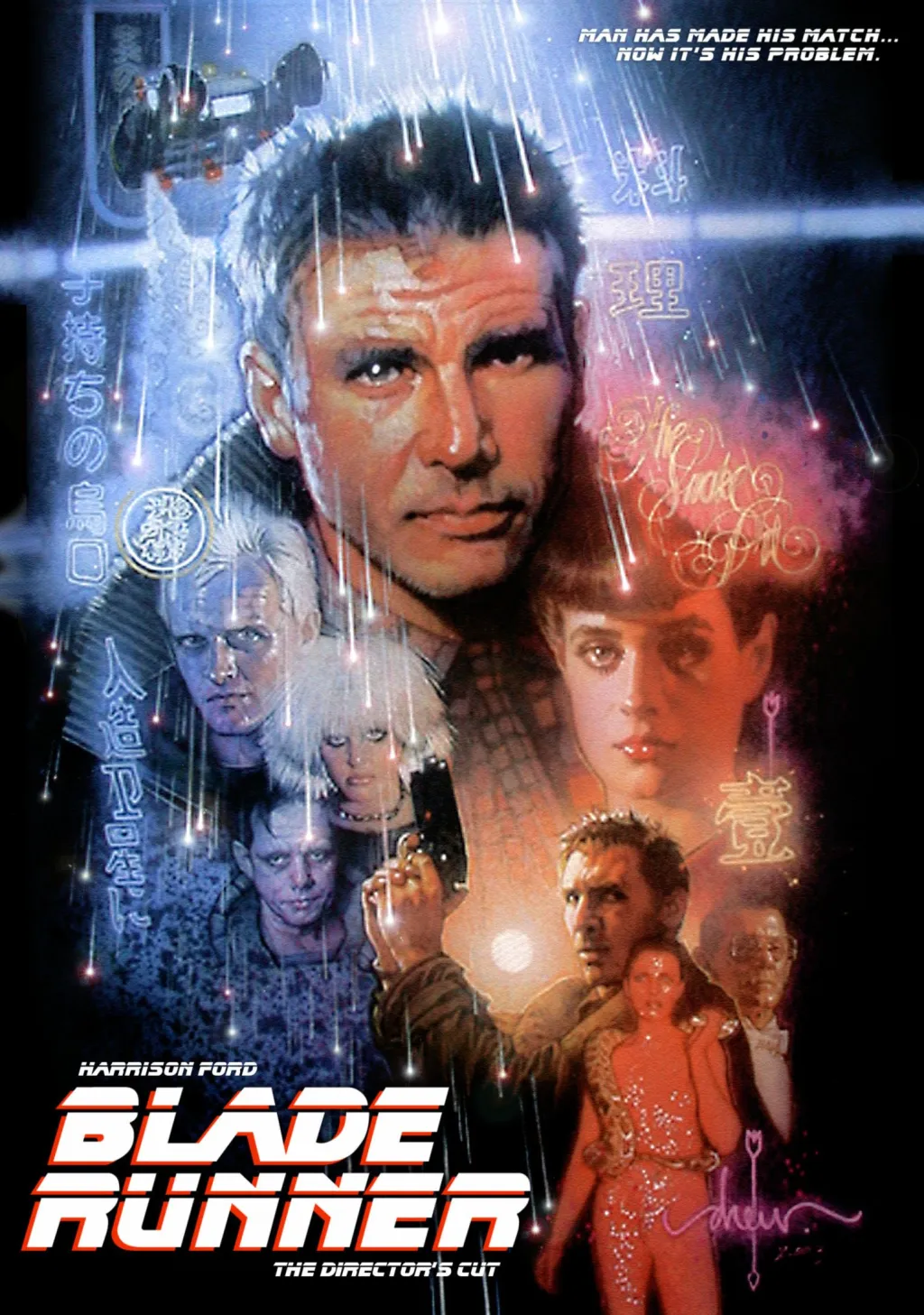The Save the Cat Beat Sheet is a storytelling structure and outlining method for screenplays and novels, developed by Blake Snyder in his book “Save the Cat! The Last Book on Screenwriting You’ll Ever Need.” This method is widely used by writers and screenwriters to help plan and structure their stories. It is called “Save the Cat” because one of the principles of this approach is to have a moment in your story where the hero does something nice or heroic to make the audience like them.
The Save the Cat Beat Sheet consists of 15 key story beats, which are crucial moments in a story that help drive the narrative forward and create an engaging and emotionally resonant plot. These beats can be adapted and modified to fit various genres and stories, but they serve as a useful framework for storytelling. Here are the key beats:
- Opening Image: This is the first image or scene that introduces the audience to the world of the story and sets the tone.
- Theme Stated: This is where the central theme or message of the story is introduced or hinted at.
- Set-Up: Introduce the main character, their world, their flaws, and their goals.
- Catalyst: An inciting incident that disrupts the protagonist’s life and sets the story in motion.
- Debate: The main character’s initial reluctance or resistance to the call to adventure.
- Break into Two: The main character decides to pursue their goal or adventure, taking the story in a new direction.
- B Story: The introduction of a secondary plot or relationship that runs parallel to the main plot.
- Fun and Games: A series of scenes where the character explores the new world they’ve entered, often with humor and excitement.
- Midpoint: A significant turning point or revelation that changes the course of the story.
- Bad Guys Close In: Obstacles and challenges intensify, and the main character faces setbacks.
- All Is Lost: The lowest point for the protagonist, where they are at their most vulnerable and defeated.
- Dark Night of the Soul: A moment of reflection and despair for the main character.
- Break into Three: The protagonist’s transformation and the decision to face the final conflict.
- Finale: The climax of the story, where the protagonist confronts the main antagonist or obstacle.
- Final Image: The closing scene that mirrors the opening image, showing how the character and the world have changed.
The Save the Cat Beat Sheet is a useful tool for both novice and experienced writers to ensure that their stories have a well-structured and engaging narrative. It helps in pacing, character development, and maintaining the audience’s interest throughout the story. Keep in mind that while the Save the Cat Beat Sheet provides a helpful framework, it is not a rigid formula, and creative storytelling may involve deviations and variations to suit the specific needs of your story.



